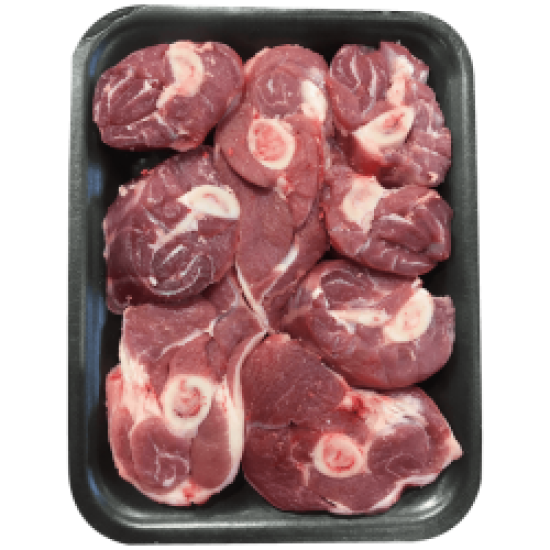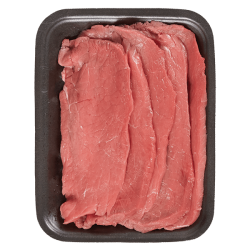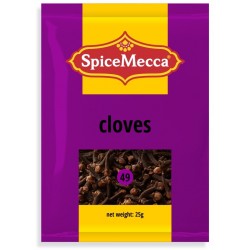10 - Potjiekos (Neck and Knuckle Pieces) 500g

- Stock: In Stock
- Model: 2181244077503
- Weight: 500.00g
Available Options
Lamb Neck and Knuckle pieces are both flavourful cuts of meat that are often used in slow-cooking methods to create tender and delicious dishes. Here's a breakdown of each cut and how to use and cook them:
Lamb Neck:
Cut and Source: Lamb neck is obtained from the neck of the lamb, and it consists of meat, bone, and some connective tissues. It's a versatile cut that becomes tender and flavorful when cooked slowly.
Cooking: Lamb neck is well-suited for braising, stewing, or slow-cooking in a pot or Dutch oven. You can use similar cooking methods as described earlier, such as browning the meat, adding vegetables, herbs, and liquid, and then simmering it over low heat for an extended period until the meat becomes tender.
Flavor and Texture: Lamb neck is known for its rich and hearty flavor. As it cooks slowly, the connective tissues break down, creating a gelatinous and luscious texture, making it a great choice for creating succulent stews or soups.
Lamb Knuckle:
Cut and Source: Lamb knuckle pieces, also known as lamb shanks or lamb knuckle joints, come from the lower part of the lamb's legs, just above the ankle joint. As mentioned earlier, they contain meat, bone, and connective tissues.
Cooking: Lamb knuckle pieces are ideal for slow-cooking methods, such as braising or stewing. The process of slow-cooking helps to break down the tough connective tissues and results in tender, flavorful meat that falls off the bone.
Flavor and Texture: Lamb knuckle pieces offer a rich, full-bodied flavor that is both savory and satisfying. When cooked properly, they become incredibly tender, making them a popular choice for hearty stews and comforting dishes.
Cooking Tips for Lamb Neck and Knuckle Pieces:
Preparation: Season the meat with salt, pepper, and any desired spices or herbs. Marinating the lamb in advance can add even more depth of flavor.
Browning: Brown the lamb neck or knuckle pieces in a hot pan with a bit of oil. This step helps to develop a caramelized crust and enhance the overall taste of the dish.
Aromatics and Vegetables: Add aromatic vegetables such as onions, garlic, and carrots to the pot. You can also add other vegetables of your choice, like celery or potatoes, to create a well-rounded stew.
Liquid and Cooking Time: Pour in enough liquid (broth, wine, or a combination) to cover the lamb pieces. Cover the pot and simmer slowly over low heat until the meat is tender and easily pulls away from the bone. Cooking times can vary but usually take a few hours.
Adjusting Seasoning: Taste the stew occasionally and adjust the seasoning as needed to suit your preferences.
Serving: Once the lamb neck or knuckle pieces are tender and the flavors have developed, the dish is ready to be served. Garnish with fresh herbs for a finishing touch.
Both lamb neck and knuckle pieces are excellent choices for creating comforting, flavorful stews or braised dishes that are sure to be a hit at the dinner table.
Keywords: Lamb neck, lamb knuckle pieces, slow-cooking, braising, stewing, connective tissues, flavor, texture, preparation, browning, aromatics, vegetables, liquid, cooking time, seasoning, serving.










